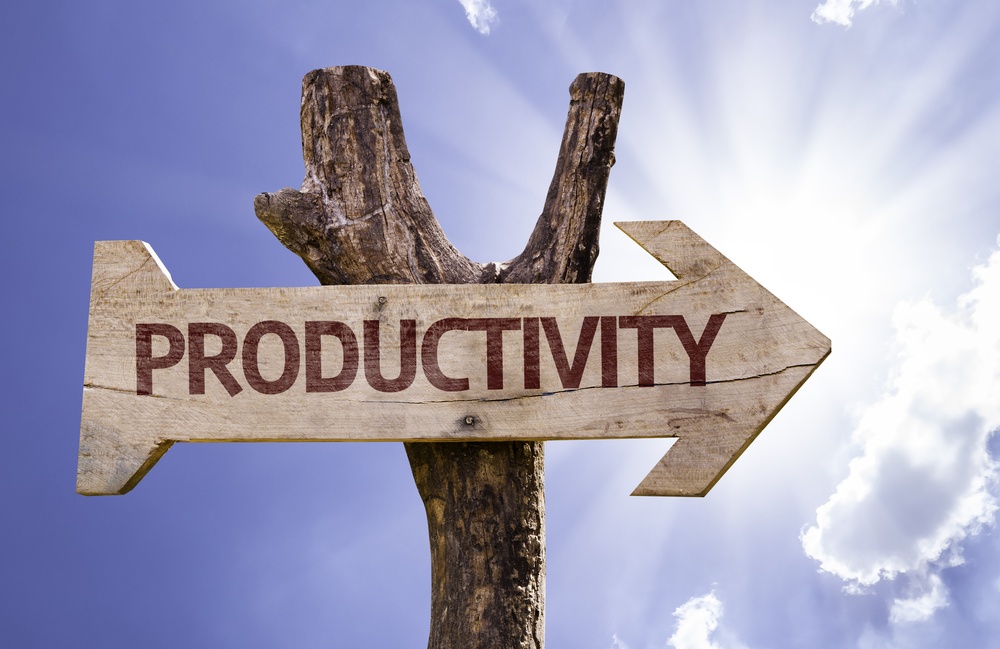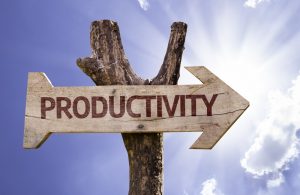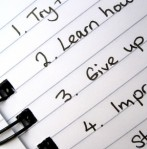 We all have “those” folders on our digital devices. You know the ones I’m referring to? The folders we use to organize our rapid growing number of apps…
We all have “those” folders on our digital devices. You know the ones I’m referring to? The folders we use to organize our rapid growing number of apps…
Ah, yes — those!
All neatly labeled, they contain the plethora of applications once deemed essential to growing our small business. Now, over time, they’ve lost their shiny penny appeal yet linger in the background — eating up MBs.
The Label Master…
If you’ve followed my work for any period of time, you already know that organization pulses through my veins.
My mom often said, “Everything has a place and there’s a place for everything.” A quick tour of my digital screens confirms I learned that lesson well.
I have folders labeled for music, entertainment, reading, travel, virtual meetings, financial, etc. The list goes on. My most frequently accessed folders, however, are productivity and meditation/health.
One day it struck me. What was my meditation app doing in the meditation/health folder?
Given all the benefits of meditation — calmness, reduction in anxiety, release of stress, clarity of direction, focus and purpose — wouldn’t it make more sense to move the meditation app to the productivity folder?
Working Day ‘n Night…
 When people say the United States is an industrialization nation, they’re not kidding. Our productivity and efficiency is well documented. (Although recent studies reveal our productivity waning. Burnout, anyone?)
When people say the United States is an industrialization nation, they’re not kidding. Our productivity and efficiency is well documented. (Although recent studies reveal our productivity waning. Burnout, anyone?)
One measurement that seems to be missing from the equation is about the quality of life and the satisfaction that one gains from their work. Studies prove happiness and work/life satisfaction precede success.
I will admit that for way too many decades, I followed the path outlined by the so-called thought-leaders and experts in the world of business — increasing my “productivity” by working longer hours — until I ended up sick. SICK! Not sic….
Given the gravity of the diagnosis, one would think I learned my lesson about the outcomes of working long hours, and it’s accompanying stress. I guess it takes years for some of us to get that message — particular when said lesson is contrary to what the rest of the nation is doing.
Salmon Anyone?
Swimming upstream challenges most of us to the core. “Going against the grain” of conventional wisdom triggers a fear that causes us to question our inner wisdom about the small business of our design.
Admittedly, it’s happened to me. Following my intuition — my gut — triggered all sorts of fears common to any small business entrepreneur. From missing goals, being left behind, or not achieving the success I desired were all real fears triggered by following a path less traveled.
Open Your Mind…
 Meanwhile, back to the changing path of productivity…
Meanwhile, back to the changing path of productivity…
I pooh-poohed the whole notion of meditation for years. As someone who is continually (Okay, mostly.) on the move, sitting “still” for 30 minutes sounded tortuous. Living in a time and task-oriented nation, it went against everything I was taught.
Even though the thought of calmly breathing in and out made me break out in a sweat, I longed for the business benefits tied to the practice of meditation.
More and more studies are proving that meditation does, in fact, enhance productivity for small business owners through the following modalities:
- Builds capacity to focus on one task at a time. With an attention span of a gnat (8 seconds according to science), the ability to maintain laser-like focus also reduces decision-fatigue.
- Spurs creativity. With a brain less stressed and anxious, innovative solutions to tenacious problems float to the surface.
- Triggers a more efficiently functioning brain. And, what small business owner doesn’t want that?!
Find Your Om…
With all the science behind the many personal and professional benefits, it’s too nonsensical to continue to believe meditation is a waste of my time. Particularly when current methods for improving productivity are failing in epic fashion…
Find a methodology that works for you. Is it a measured stroll to Starbucks? (Walk! Don’t run to your daily dose of caffeine.) Or, 10 minutes sitting on a rock in your garden?
Perhaps, like me, a quick slide of your meditation app from your health to your productivity folder will drive home the point that changing the current path to productivity is a good thing.






 Prolonged wakefulness is reaching epidemic proportion, but I didn’t need to tell you that. You live it each day. In fact, Gallup’s recent study reported that we’re getting an average of 6.8 hours of sleep, slightly below the recommended 7 hours of sleep per night. Between work and parenting, over half of those surveyed under the age of 50 are the most sleep deprived with 46% snagging less than 6 hours of sleep each night.
Prolonged wakefulness is reaching epidemic proportion, but I didn’t need to tell you that. You live it each day. In fact, Gallup’s recent study reported that we’re getting an average of 6.8 hours of sleep, slightly below the recommended 7 hours of sleep per night. Between work and parenting, over half of those surveyed under the age of 50 are the most sleep deprived with 46% snagging less than 6 hours of sleep each night.


 If you follow me on
If you follow me on 